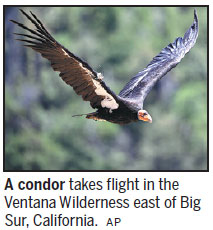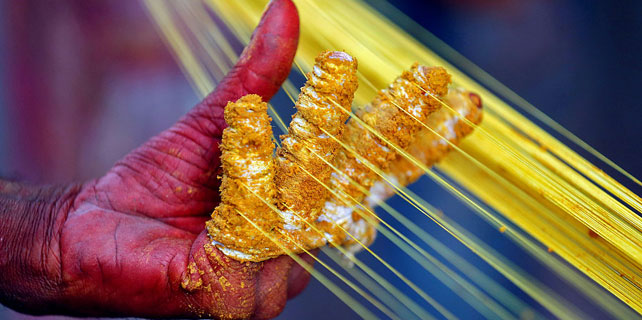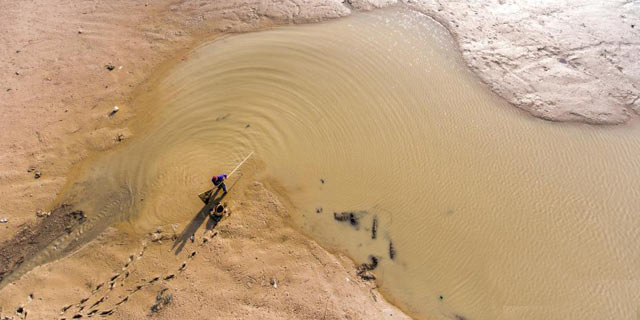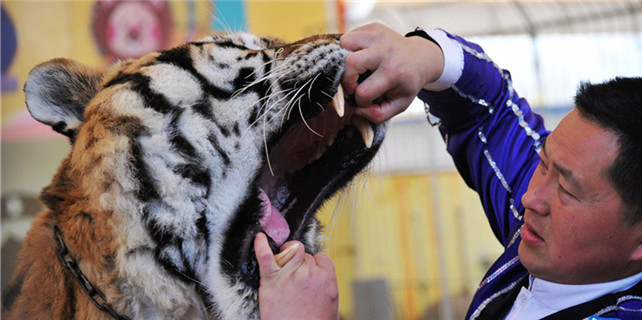Condor group sets sights on hunters
FLAGSTAFF, Arizona - An effort to bring one of the world's largest birds back from the brink of extinction is expanding after northern Arizona and southern Utah in the United States found some success in getting deer hunters to use ammunition not made of lead.
A group working to protect the endangered California condor is setting its sights on small-game and varmint hunters as lead continues to threaten the birds that feed on animal carcasses. The group has enlisted the help of a social scientist to target its messaging to a broader set of hunters that are not always after big game.

"We have hope for success, it all comes down to this change in hunter tradition - and to change your traditions takes a long time," said Chris Parish of the Peregrine Fund, which tracks the condors in the southwestern US. "It's not an overnight change."
The condors nearly went extinct in the 20th century because of lead poisoning, hunting and habitat destruction. The last of them were rounded up and bred in captivity to recover the species. The southwest population now stands at 82.
The rest of the roughly 450 condors, which have wingspans of up to 3 meters, are held in captivity or flying free in California and Baja, Mexico.
The recovery group previously said it would consider ending the program to reintroduce condors to the wild if it didn't see declines in extreme lead exposures and lead-related deaths by the end of last year.
But exposures have remained the same, with an unexpected spike in 2012.
Despite that, the group said it hasn't exhausted its efforts and wants to forge ahead with new education efforts, targeting those who hunt coyotes and bobcats or who put down feral or domestic animals and leave the carcasses open to condors and other scavenging birds.
Arizona and Utah have mailed letters to deer hunters, given them free non-lead ammunition and hosted shooting clinics for hunters to test the feel of copper bullets.
Some hunters found nonlead bullets weren't available in every caliber or they had ammunition that was customized for their rifles. They also have said copper bullets are more expensive and less effective than lead.
The Arizona Game and Fish Department spent $35,000 for a study on messaging that will resonate with hunters, said Allen Zufelt, its California condor coordinator.
"Once we learn how to do the outreach, we'll start," Zufelt said.
Associated Press









